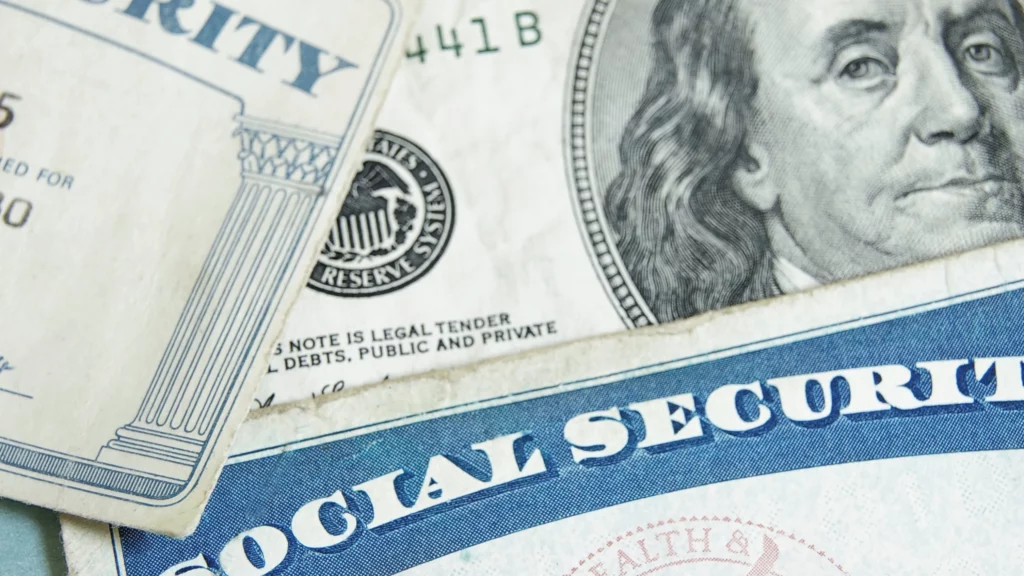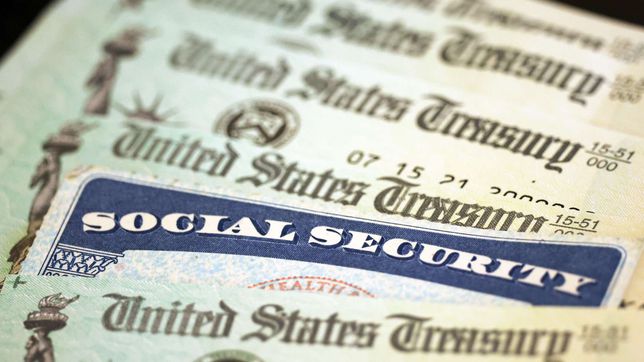In 2023, the average retirement benefit will increase by $146 per month to $1,827. The change represents the largest one-time increase since 1981, and the biggest experienced by beneficiaries alive today.

In 2023, the average retirement benefit will increase by $146 per month to $1,827. The change represents the largest one-time increase since 1981, and the biggest experienced by beneficiaries alive today.
The Social Security Checks Will Increase COLA to 8.7%
The average retiree benefit will boost by $146 monthly, to $1,827 while the average for persons with disability benefit is increasing by $119 monthly, to $1,483. Recipients will also benefit from a 3% decrease for their dept each month on standard Medicare Part B premiums. These are dropping, down to $164.90 each month. Medicare Part B includes outpatient medical care, such as routine visits to the doctor.
The 8.7% COLA boost is in response to the decades-high inflation that began to plague the American economy in 2022. The timing will have also helped Social Security recipients. The COLA measurement was officially taken in July, August, and September when 12-month inflation hit 9%, 8.6%, and 8.5%, respectively. On Tuesday, the Bureau of Labor Statistics reported inflation for wage earners fell to its lowest level in more than a year, landing at 7.1%.
Read Also: Huge $144 Monthly Increase For COLA Social Security In 2023 – Here’s When!
How Will COLA-Adjusted Payments Be Given?
According to the Social Security Administration, Payment will be made on the second Wednesday of the month if the beneficiaries’ birthdays are between the first and tenth of the given month. Therefore, the first payment will arrive on January 11 for anyone with a birthdate that falls within this initial range.
For recipients with birthdays between the 11th and the 20th of a given month, the payment will be made on the third Wednesday of the month. This group may anticipate receiving the first payment of the new year on January 18. The payment for the remaining group will be made on the fourth Wednesday of the month, meaning the first 2023 payment will come on January 25. Supplemental Security Income (SSI) recipients will continue to have their payments on the 1st.
Except for SSI payments, Social Security benefits are still taxable and tax brackets are also changing causing inflation. A Social Security recipient filing as an individual with total income including anything received outside Social Security between $25,000 and $34,000 may have to pay income tax on up to 50% of their Social Security benefits. If their income was higher than $34,000, they may have to pay taxes on 85% of their income. For joint tax filers, the 50% threshold starts between $32,000 and $44,000, and the 85% threshold begins at $44,000.
Related Article: $140 Increase For SSI Benefits As The Second December Worth $914 Will Be Distribute In 24 Hours




















